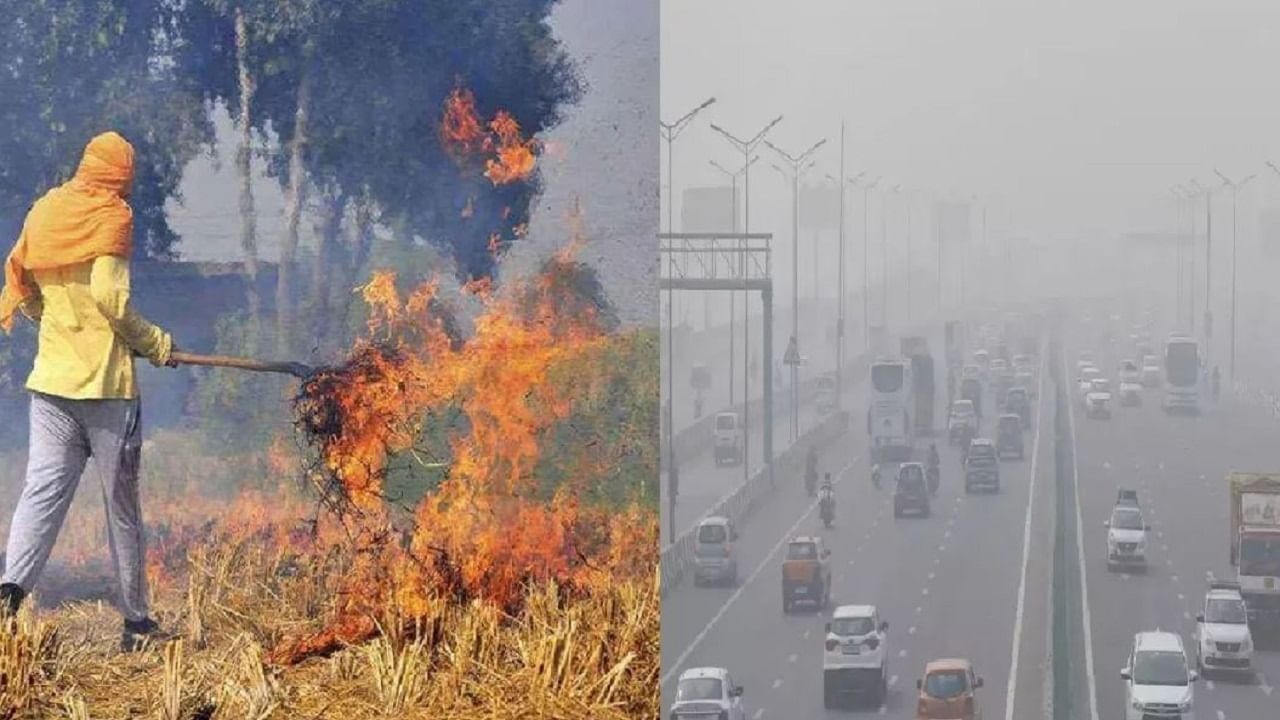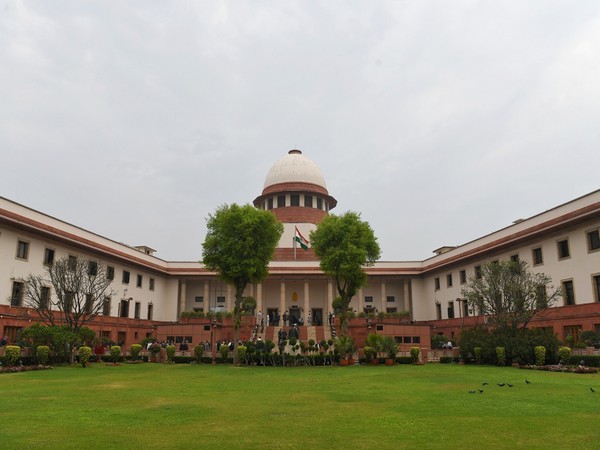Many areas of UP and Haryana (Delhi NCR), including the capital Delhi, are facing the brunt of pollution these days (Delhi Pollution Update). At present AQI in Delhi is beyond 500. People are forced to breathe amidst suffocating air. But the question in everyone’s mind is how the clean air of Delhi suddenly became poisonous. The reason for this has now come to light. The meteorologist has explained the reason behind this.
Mahesh Palawat, Vice President of Meteorology and Climate Change Department of Skymet Weather, a private weather center which provides weather related information, said – Due to the incidents of stubble burning in the areas around Delhi, the smoke and pollutants released from it get mixed in the cold air. Due to dense fog in Punjab, Haryana and Delhi as well as weak north-westerly winds, pollutants have become trapped in the air. Due to drop in temperature, cold winds are blowing, due to which pollution is coming closer to the surface. If the wind speed does not increase, there is no possibility of any significant improvement in the next two to three days. However, rain is expected this weekend and this may help in reducing the pollution levels.
500 AQI level
According to the India Meteorological Department (IMD), Delhi recorded the coldest night of this season on Monday, when the mercury dropped to 12.3 degrees Celsius from 16.2 degrees Celsius the previous night. According to Central Pollution Control Board (CPCB) data, Delhi’s air quality index (AQI) was recorded at 488 at 9 am. Of the 32 monitoring centers in the capital, 31 recorded AQI levels of more than 480, with two centres, Alipur and Sonia Vihar, having a maximum of 500.
On Monday, Delhi recorded its worst air quality for the second time in six years and the AQI reached 494. IMD said that due to fog on Tuesday morning, visibility reduced to 400 meters and the visibility is likely to remain the same during the day.
AQI of major areas of Delhi
Talking about AQI of major areas of Delhi, AQI is at 500 in Ashok Vihar, Bawana, Dwarka, Jahangirpuri, Mundka, Najafgarh, Nehru Nagar, North Campus, Patparganj, Sonia Vihar, Punjabi Bagh and Rohini. In view of the increasing pollution, the Commission for Air Quality Management (CAQM) has implemented the fourth phase of the modified Graded Response Action Plan (GRAP) in Delhi-NCR from 8 am on November 18, 2024.





